If you are searching for “heat stroke symptoms” or “how to treat heat stroke” this article is for you. Barrier Insulation cares about the people of Arizona and want everyone to have a happy, healthy, and safe summer. Summer in the Phoenix metro area is famous for incredible heat and it carries with it a danger for people of any age. Understanding what heat stroke is, how to spot it, and how to avoid it will help you stay safe and help others.
Resources on this page:
What Are The Symptoms Of Heat Stroke?
Knowing the symptoms of this disorder is critical for knowing when you or a loved one should be seen by medical professionals. Monitor the following symptoms if you think someone might be affected by heat stroke.
- Elevated body temperature – One of the most clear signs that someone has heat stroke is a body temperature of 104°F or higher.
- Changes in sweating – Heat stroke changes the way you sweat. If your skin feels dry and hot to the touch or if you have been physically exerting yourself in the heat it might feel moist.
- Changes in behavior or mental state – If an individual exhibits slurred speech, confusion, agitation, delirium, irritability, or seizures they should be checked out. Coma is also a potential result.
- Nausea or Vomiting – Someone with heat stroke might feel nausea or will vomit.
- Rapid Breathing – Breathing might become shallow and more rapid.
- Headache – The head may begin to throb with pain.
- Racing Pulse – Heartbeats pickup considerably during heat stroke as the body places enormous strain on the heart to help cool the body.
How To Treat Heat Stroke.
When you believe you or someone else has heat stroke you should transport them to a hospital or call 911. Delaying treatment or medical help can be fatal. To care for the affected individual before getting to the hospital First Aid should be administered.
First Aid for Heat Stroke
- Follow these easy steps to minimize the person’s discomfort and safeguard their health.
- Move them to an air conditioned space or seek as much shade as possible.
- Remove unnecessary clothing.
- Monitor the person’s body temperature if possible and seek to reduce fever to 101.
- Wet skin with hose or sponge and fan with air to cool skin.
- Use ice packs to cool them by placing them on back, groin, neck and in armpits. These areas are rich with blood vessels and can reduce body temperature.
- Put the person in a cool bath or shower and stay with them.
Heat Stroke Risk Factors
There are factors that increase a person’s likelihood of getting heat stroke and care should be taken for anyone that fits into these categories. These are the people that are most at risk.
Urban areas – People living in urban environments which experience the “heat island effect” where the asphalt and stone doesn’t allow cooling during the evening.
Health conditions – People suffering from health conditions are at greater risk. These conditions include but are not limited to the following conditions: heart, kidney disease, lungs, overweight or under weight, diabetes, high blood pressure, alcoholism, mental illness, sunburn, sickle cell trait, or any other type of condition which causes fever.
Prescription medications – Anyone who uses medications such as antihistamines, diuretics, diet pills, tranquilizers, sedatives, stimulants, blood pressure and heart medications, seizure medications, or medications for mental illnesses such as antipsychotics or antidepressants are at increased risk.
Diabetics are at an increased risk – Arizona residents that suffer from diabetes are at an especially high risk as they underestimate how they will function during heat waves. Diabetics need to be especially careful during these times of year to safeguard themselves.
Age is a factor – Children up to about age 4 and any adult over the age of 65 are at an increased risk of heat stroke as they cannot cool as quickly as others.
How Do You Prevent Heat Stroke?
They say that an ounce of prevention is better than a pound of cure, and that is true of heat stroke. Summer in Phoenix, Mesa, Chandler, and everywhere else in southern Arizona is hot and carries with it the possibility for heat stroke. Follow these tips to manage the risk and stay safer.
Drink plenty of fluids – You can’t sweat if you are dehydrated. Drink plenty of water, but avoid alcohol, sugar, and caffeine. Sweat is the body’s way of cooling itself.
Wear lightweight, loosefitting clothing – If your clothing is too tight or too heavy it will not allow your body to cool the way it needs to.
Never leave someone in a parked car – This is an incredibly dangerous situation for any adult but more so children and pets. When parked and the AC is off temperatures can rise 20°F in about 10 minutes. Cracked windows and shade do not make it safe and no one should be left in the car during warm or hot weather.
Avoid exertion at peak heat – If there are outdoor activities which are strenuous you should schedule them for early morning or after the day has cooled off. Ensure that frequent breaks are taken in cool spots and enough fluids are being consumed.
Monitor prescriptions – There are certain types of prescriptions which diminish the body’s ability to dissipate heat and stay hydrated. Compensate by staying cool and drinking more water.
Take caution when you’re at risk – If you know you don’t handle the heat well, take medications that dehydrate, or have a condition that makes you susceptible for heat stroke limit your exposure to it and monitor how you are feeling and act quickly if you are overheating. For strenuous sports events it is important to have medical services available in case of emergency.
Go somewhere cool – If you do not have adequate home insulation or air conditioning you should go to a public building such as a library, government building, community center, or mall. Staying cool and drinking enough fluids is the key to getting through the summer safe and avoiding heat stroke.
Heat refuge centers – The Maricopa Association of Governments has organized a map of locations for wellness checks, refuge from heat, and offers hydration. These are a great resource for the needy, the elderly, or anyone who needs some help getting through the heat. For more information or locations please visit Phoenix Heat Relief Network.
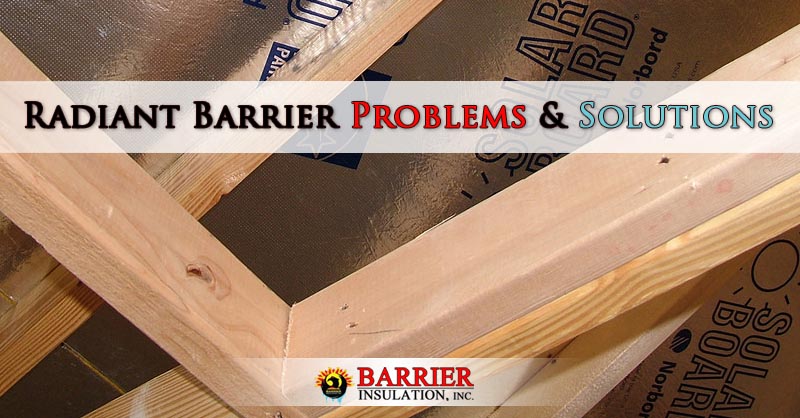
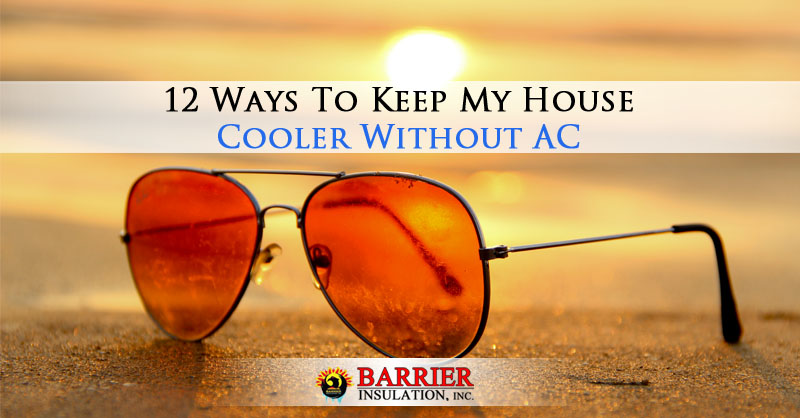


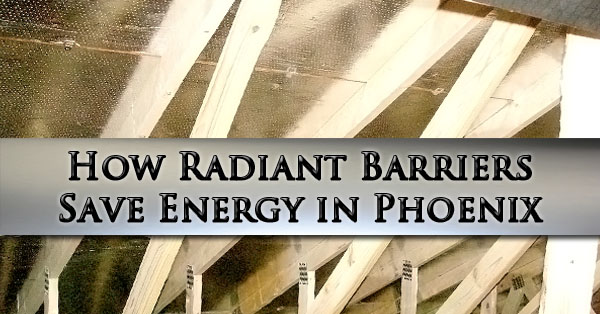


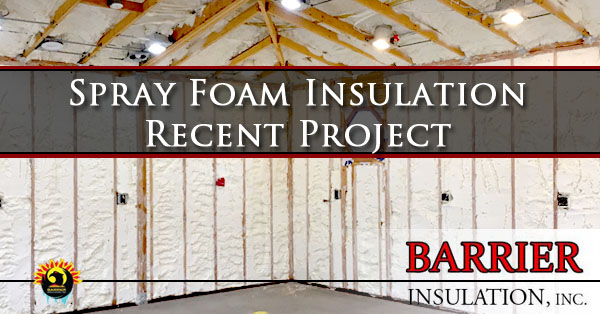
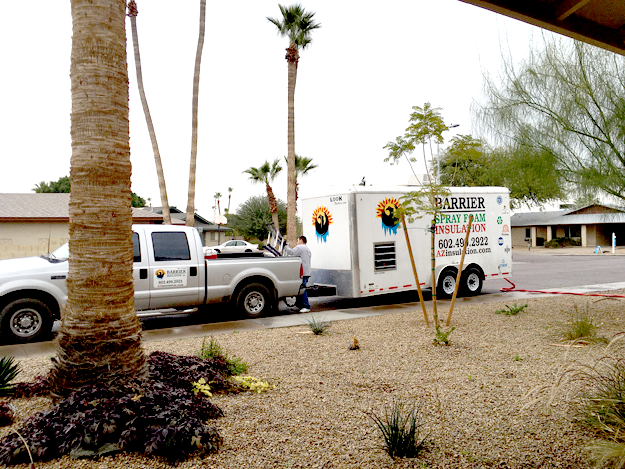
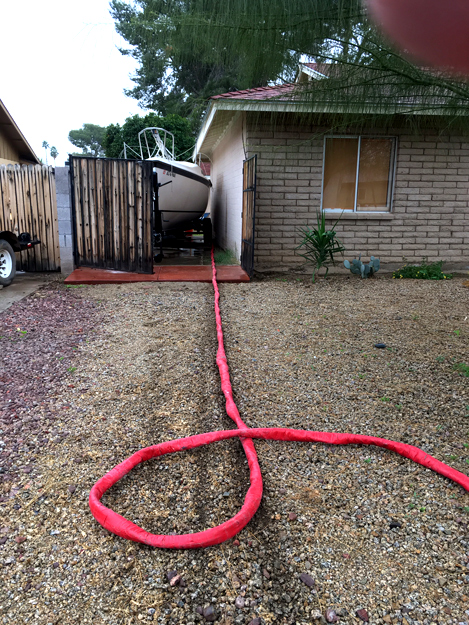
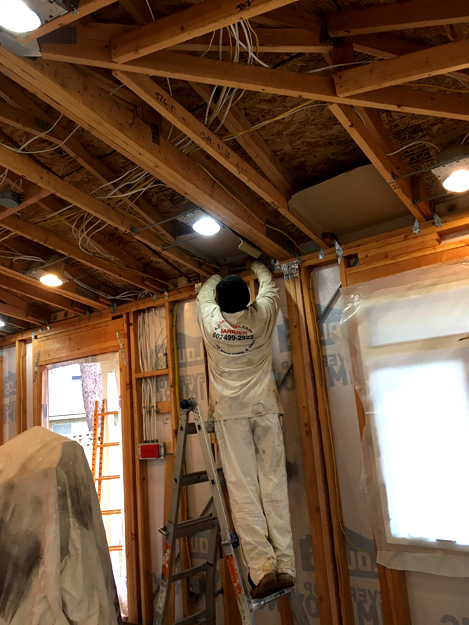
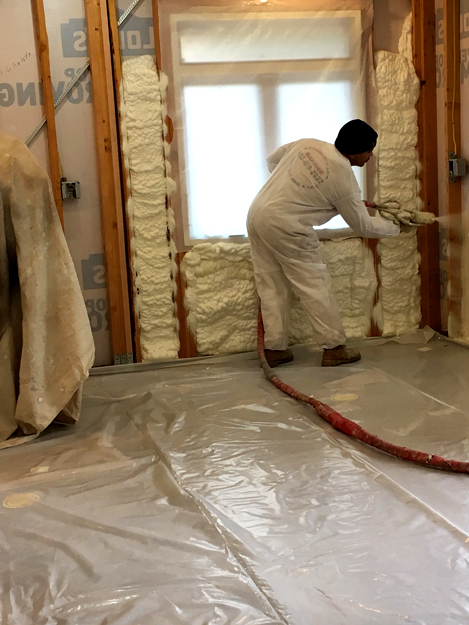
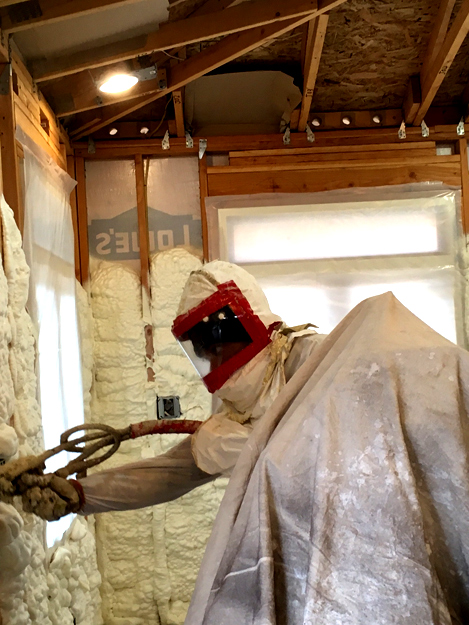


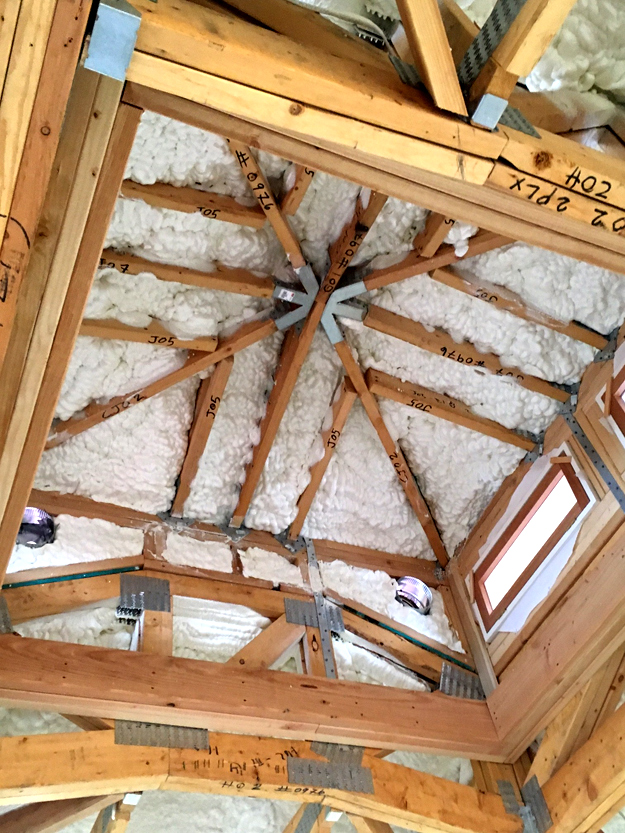
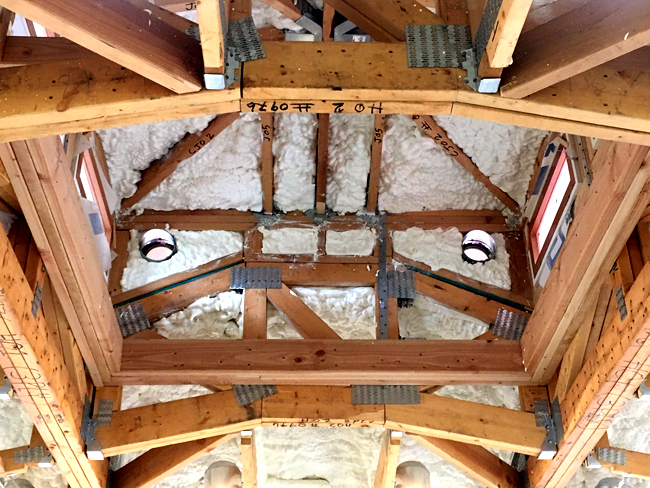

 Using a hose a machine distributes a combination of chemicals which mix together at the tip of the hose creating a paint like thick goo that sticks to everything it touches. So those wires, ducts, pipes and uneven surfaces are effectively coated and sealed up air tight.
Using a hose a machine distributes a combination of chemicals which mix together at the tip of the hose creating a paint like thick goo that sticks to everything it touches. So those wires, ducts, pipes and uneven surfaces are effectively coated and sealed up air tight. The characteristic of closed-cell spray foam is that the cells or bubbles are tightly packed together and closed. This means that closed-cell is stronger an much more dense than open-cell foam. It will not allow air or water to pass through it. This is due to the fact that the bubbles are much smaller because they are filled with a gas making them a better insulator as well. In fact closed-cell insulation tops the charts with an astounding R-7 per inch! Closed-cell spray foam is the option for the uncompromising home owner that demands the best performance from where they invest their hard earned money.
The characteristic of closed-cell spray foam is that the cells or bubbles are tightly packed together and closed. This means that closed-cell is stronger an much more dense than open-cell foam. It will not allow air or water to pass through it. This is due to the fact that the bubbles are much smaller because they are filled with a gas making them a better insulator as well. In fact closed-cell insulation tops the charts with an astounding R-7 per inch! Closed-cell spray foam is the option for the uncompromising home owner that demands the best performance from where they invest their hard earned money. A more affordable option for home owners is open-cell spray foam insulation. Its name is derived from the fact that the bubbles or cells never completely close. During expansion air gets trapped between the broken bubbles. This characteristic of open-cell spray foam means that as heat tries to pass through the foam its slowed down by billions of tiny air pockets. Because of this difference is structure it’s much softer than closed-cell spray foam. The difference in the formation of the open-cell foam means that water can pass through them, which can be a bad or good thing depending on the application. Open-cell foam rates at half the R value efficiency as its close foam competitor.
A more affordable option for home owners is open-cell spray foam insulation. Its name is derived from the fact that the bubbles or cells never completely close. During expansion air gets trapped between the broken bubbles. This characteristic of open-cell spray foam means that as heat tries to pass through the foam its slowed down by billions of tiny air pockets. Because of this difference is structure it’s much softer than closed-cell spray foam. The difference in the formation of the open-cell foam means that water can pass through them, which can be a bad or good thing depending on the application. Open-cell foam rates at half the R value efficiency as its close foam competitor.

 What Is It? Fiberglass insulation is finely spun glass fibers that are tightly packed to create a lofted material. It is then made into sheets, cut into rolls, and usually backed with paper. It is also possible to spray fiberglass as loose fill into walls. It has been, and continues to be one of the most popular insulation types there is.
What Is It? Fiberglass insulation is finely spun glass fibers that are tightly packed to create a lofted material. It is then made into sheets, cut into rolls, and usually backed with paper. It is also possible to spray fiberglass as loose fill into walls. It has been, and continues to be one of the most popular insulation types there is. What Is It? Vermiculite is a light weight material used in insulation in years past. Its appearance is shiny and looks like mineral. It is a absorbent and fire retardant material that has been used in soundproofing and even to fluff up gardening soil.
What Is It? Vermiculite is a light weight material used in insulation in years past. Its appearance is shiny and looks like mineral. It is a absorbent and fire retardant material that has been used in soundproofing and even to fluff up gardening soil. What Is It? Mineral wool is an insulation material that was popular before World War II. There are two main forms of mineral wool, slag wool and rock wool. Slag wool is a byproduct that forms on the top of molten metal. Rock wool is a bit like making cotton candy from molten rock. The strands are similar to fiberglass and are tiny intertwined fibers.
What Is It? Mineral wool is an insulation material that was popular before World War II. There are two main forms of mineral wool, slag wool and rock wool. Slag wool is a byproduct that forms on the top of molten metal. Rock wool is a bit like making cotton candy from molten rock. The strands are similar to fiberglass and are tiny intertwined fibers.
